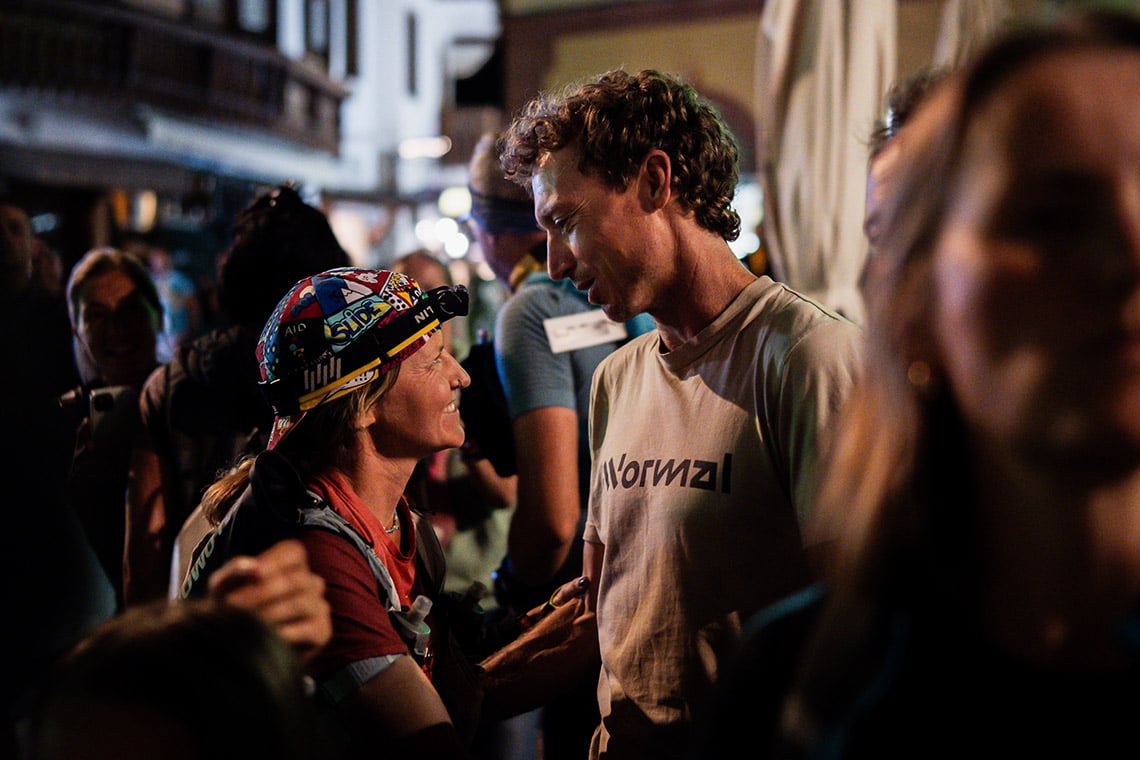
Photo by Matic Kozinc on Unsplash
Walking feels like the most natural thing in the world. It’s just one foot in front of another, right? Well yes, but not quite. In this second article in our series on walking your way to good health (first article here), dynamic movement and mindfulness teacher Tatjana Mesar explains how there is more to walking well than you might guess.
She runs Zen Yoga by Dynamic Mindfulness, a studio and school in Berlin, and trains yoga teachers. Tatjana is passionate about helping people find more freedom and spontaneity in their movement, and breaking out of conditioned and limiting movement patterns. When she isn’t teaching, Tatjana studies the science of movement, and implements what’s relevant into her training. Recently, she has been studying Axis Syllabus, a biomechanical user manual and movement system. How we walk, our gait, is a central part of that training.
Socially ingrained gait patterns
What research shows is that how we walk, our gait mechanics, isn’t as “natural” as we might believe. We learn to walk by observing our parents and the world around us. As we grow up, we embody the patterns we see. These can limit the full potential of our gait. Some of us unconsciouly prevent the pelvis and arms from swinging because of cultural taboos that frown upon having a gait as being, for example, too free.
“One of the main elements regarding our gait is the counter lateral movement pattern (swinging the opposite arm and leg forward as we walk), which is an engineering marvel of human movement,” Tatjana says. “However, we don't really use it to its full potential due to the fact that walking is mostly cultural.”
“Changing the gait pattern is a process,” Tatjana continues. “It’s worth the effort because there’s usually a huge leak of energy when our gait is unbalanced or restricted.”
Here are three tips to improve your technique.
Explore your cross lateral pattern
You can do this exercise at home before you even step out the door. Its purpose is to learn to walk more freely. To begin with, stand in one spot, and practice swinging your arms forward and back, allowing the pelvis to rotate side to side. As you do this bounce a little in your knees. Once you have a feeling for this, begin taking steps forward, swinging the opposite arm and leg forward as you do so. Really allow your arms to swing. Try to relax as you do this, and don’t worry if it feels weird. Unlearning old and learning new movement patterns always feels awkward at the beginning. Practice this, off and on, when you are out walking, and over time it will become more natural.
Click play to watch Tatjana demonstrating a natural, free gait.
Check your head position
Another common issue with how we walk is our head position. It’s common for people to look down, tilting their head forward. “Especially because so often now we are walking and looking down at our smartphones,” Tatjana says. “The head adds six to eight kilograms of weight, but by tilting the head forward it increases to something like twenty kilograms. If the head is positioned directly above the shoulders, with the chin parallel to the ground, then that weight is transferred down into the feet and ground.”
When you’re walking, Tatjana advises to keep your head upright, with your eyes looking ahead, not on the ground below. “Also, relax your lower jaw, even slightly open the mouth to facilitate this, and relax the root of the tongue,” she says.
In this clip, Tatjana demonstrates a fun exercise to help free the pelvis.
Roll the feet
How you place your feet as you walk is also important. The correct technique, Tatjana says, is to roll the feet down as you step through. First place the centre of the heel, then roll the outside edge of the foot down before placing the outer toes, and rolling down the inner toes. This is also something to take your time with exploring. Don’t force yourself to do it all the time. It’s good to spend some time noticing how you are already placing the feet. “Imagine when you are walking you are kissing the earth with your feet,” Tatjana says. “This will help your footsteps to become more sensitive and mindful.”
Lead image: Photo by Noah Phung on Unsplash
Read more articles
How to walk your way to good health
The benefits of training to music and making your best playlist
7 recovery tips for immune fitness































































































